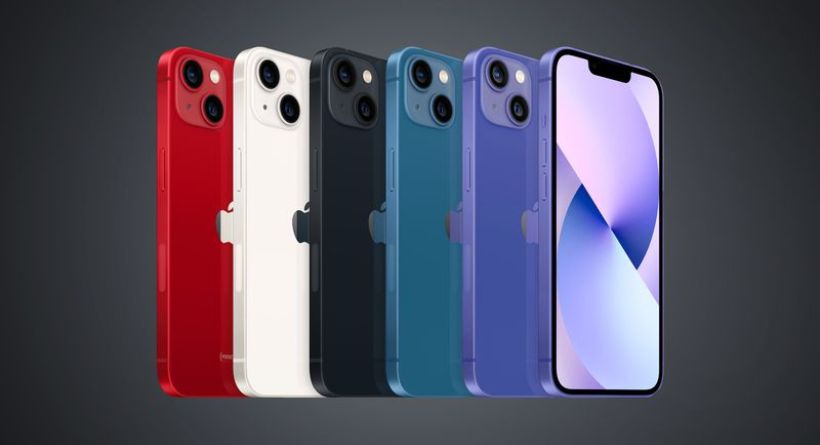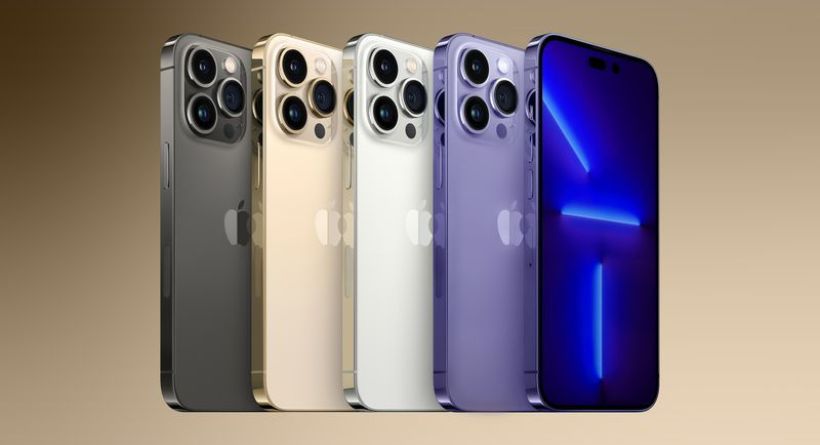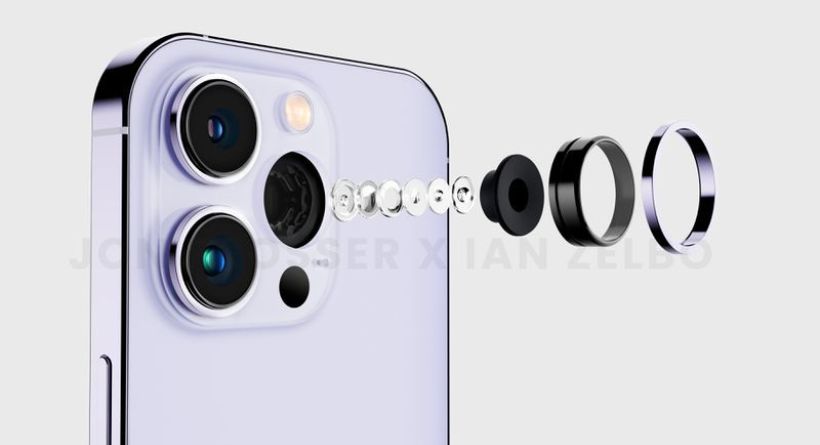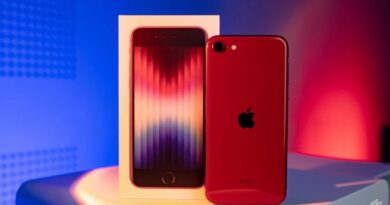Camera Upgrades for All iPhone 14 Models: Everything We Know
There are numerous significant camera improvements rumoured for the iPhone 14 and iPhone 14 Pro versions. Contrary to colour choice speculations, information concerning impending iPhone camera technology tends to be extremely accurate; supply networks for camera parts sometimes leak particular details long before the handset is actually released.
The iPhone 14 and iPhone 14 Max are anticipated to receive modest camera improvements, with the more significant changes being reserved for the iPhone 14 Pro and iPhone 14 Pro Max to push iPhone photography to its absolute maximum, in keeping with how Apple reserves its highest-end camera features for the “Pro” models.
IPhone 14 and iPhone 14 Max

IPhone 13 and iPhone 13 mini
- Focus Pixels 12-megapixel Wide Camera
- Using a /2.4 aperture, a 12-megapixel ultra-wide camera
- Camera on the front with an f/2.2 aperture
IPhone 14 and iPhone 14 Max
- Focus Pixels 12-megapixel Wide Camera
- Autofocus and a 12-megapixel ultra-wide camera with a /1.8 aperture
- Autofocus and a /1.9 aperture on the front-facing camera
The widely speculated new 48-megapixel Wide camera for the iPhone 14 is anticipated to be reserved for the Pro versions alone; the 12-megapixel Wide camera seen on the iPhone 13 series will remain on the ordinary iPhone 14 devices.
All four of the iPhone 14 models—the iPhone 14, iPhone 14 Max, iPhone 14 Pro, and iPhone 14 Pro Max—will include an enhanced front-facing camera with autofocus and a larger /1.9 aperture, according to Apple analyst Ming-Chi Kuo, who made the announcement earlier this year. Apple is anticipated to pay three times as much for the component.
On the iPhone 14 models, a larger aperture would let more light to flow through the lens and reach the front camera’s sensor, improving picture quality. With these camera improvements, according to Kuo, Portrait mode photographs and videos may have a greater depth of field, and FaceTime and Zoom video chats may have sharper focus. The front camera on every iPhone 13 model, in contrast, has a fixed focus and a narrower /2.2 aperture.
Kuo accurately predicted that the iPhone 13 Pro models will include a considerably improved Ultra-Wide camera, boosting the aperture from /2.4 to /1.8 and from a five-element lens to a six-element lens. Additionally, autofocus would be added in place of the present fixed focus. These improvements to the Ultra-Wide camera are anticipated to spread to all iPhone 14 models in 2022 rather not just the Pro variants.
IPhone 14 Pro and iPhone 14 Pro Max

Pro and Max models of the iPhone 13
- Focus Pixels 12-megapixel Wide Camera
- Six-element zoom lens
- 4K Ultra-Wide camera with 1.0-megapixel resolution
- Camera on the front with an f/2.2 aperture
IPhone 14 Pro and iPhone 14 Pro Max
- Ultra-Wide camera with bigger 1.4 m pixels 48-megapixe
- Wide camera with Focus Pixels and pixel binning
- 7-element Telephoto lens
- 8K video recording
- Autofocus and a /1.9 aperture on the front-facing camera
Despite the fact that the combined component costs for the CMOS image (CIS) sensor, voice coil motor (VCM), and compact camera module (CCM) will be up to 70% higher than those of earlier models, the Ultra-Wide camera’s larger pixel size should improve light capture and reduce noise in low-light images.
The most often mentioned iPhone 14 camera feature is the 48-megapixel camera. A thorough rumour coming out of Asia claims that the iPhone 14 Pro’s Wide camera pixels would be smaller as a consequence of the increased amount of megapixels, supposedly measuring at 1.22 mm. In comparison to the iPhone 13 Pro and iPhone 13 Pro Max, this is a 0.68 mm decrease.
Like the iPhone 13 Pro, the new Wide sensor is said to be a Sony component. The Dual Pixel Auto Focus (DPAF) mechanism, advertised by Apple as “Focus Pixels,” and the capacity to capture 16:9 HDR video at up to 60 frames per second are both said to be present in the iPhone 14 Pro despite the reduction in pixel size.
According to reports, the sensor on the gadget has a width of 1/1.3 inches, which is 21.2 percent wider than the Wide camera’s 1/1.65-inch sensor width on the iPhone 13 Pro and iPhone 13 Pro Max. In comparison to the iPhone 13 Pro, this results in a roughly 57 percent increase in sensor area.
The back camera array is considerably bigger as a result of the larger lens needed to collect more light due to the larger sensor size. The Google Pixel 6’s 1/1.3-inch sensor has the same dimensions as Samsung’s 50MP GN1 sensor.
Overall, the data points to the iPhone 14 Pro providing bigger, higher-resolution photographs with better details, but at the cost of less effective low-light performance and more noisy shots.
To solve this, it is said that the iPhone 14 Pro versions would allow 48-megapixel and 12-megapixel output, which would be accomplished through a technique called pixel binning. Pixel binning, which is already present on certain Android devices like the Samsung Galaxy S21 Ultra, combines data from many tiny pixels on the image sensor into a single “super-pixel” to enhance low-light sensitivity.
Pixel binning is advantageous since merely raising the megapixel count of a smartphone camera while keeping the sensor size same leads to smaller pixels, which typically collect less light, producing lower-quality low-light photographs. Pixel binning would enable the iPhone 14 Pro models to take high-resolution 48 megapixel pictures in strong light and high-quality 12-megapixel pictures in dim light.
A huge improvement over the 12MP camera and 4K video recording capabilities of the iPhone 13 Pro, the 48MP camera system is anticipated to be exclusive to the iPhone 14 Pro models. Videos captured in 8K quality with the iPhone 14 pro are also reportedly compatible with Apple’s long-rumored AR/VR headset.




